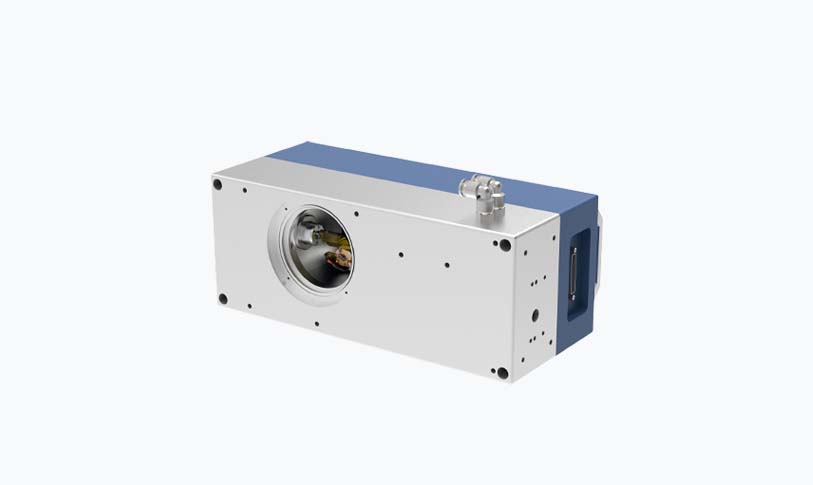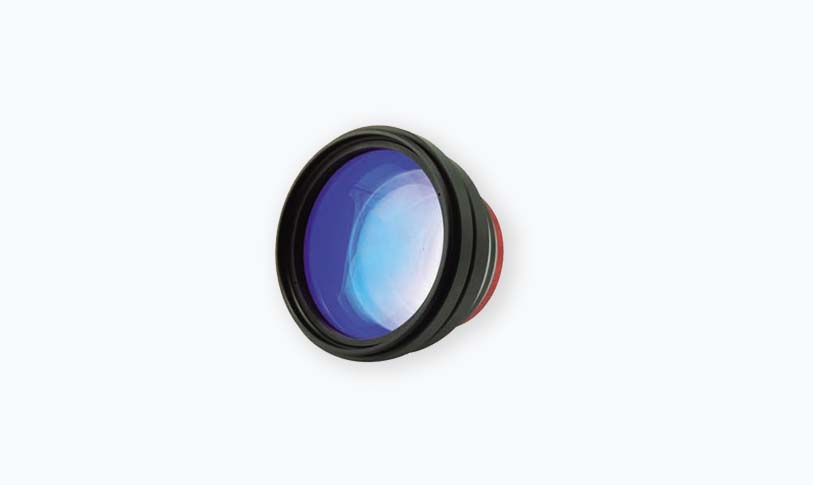****
In recent years, the advent of intense pulse laser (IPL) technology has transformed various fields, particularly in medicine and manufacturing. This cutting-edge approach utilizes short bursts of laser light with high energy, allowing for precision and control that was previously unattainable. This article explores the mechanisms behind intense pulse lasers, their applications across various industries, and the future potential they hold.
Intense pulse lasers operate by emitting light pulses that can range from milliseconds to nanoseconds in duration. The concentrated energy delivered in these brief intervals enables various materials, biological tissues included, to absorb the energy rapidly, leading to interesting physical and chemical changes. This exceptional property is what makes IPL technology indispensable in modern medicine, particularly in dermatology and ophthalmology.
In dermatology, IPL has gained popularity as a versatile treatment option for various skin conditions. By specifically targeting melanin and hemoglobin within the skin, IPL can effectively treat pigmentation issues, vascular lesions, and hair removal. The energy from the laser serves to break apart the pigment in the skin, which the body then naturally eliminates through its lymphatic system. This non-invasive approach minimizes downtime and reduces the likelihood of complications, offering patients a safer alternative to traditional surgery.

Exploring the Revolutionary Impact of Intense Pulse Lasers in Medical Treatments and Industrial Applications
Moreover, IPL has also demonstrated efficacy in treating acne and acne scars by targeting the bacteria responsible for breakouts and reducing the sebaceous gland’s oil production. Studies have shown that repetitive treatments can lead to significant improvement in skin texture and clarity, offering hope to millions battling acne-prone skin. As the technology continues to advance, the refining of IPL’s parameters allows for even more customization in treatments tailored to individual patients.
In the realm of ophthalmology, intense pulse lasers have provided groundbreaking solutions for vision correction procedures. Photorefractive keratectomy (PRK) and laser-assisted in situ keratomileusis (LASIK) are two common surgical options that rely on precise laser applications to reshape the cornea and improve vision. The accuracy of IPL technology reduces the risk of damaging surrounding tissues, increasing better outcomes and shortened recovery times for patients.

Exploring the Revolutionary Impact of Intense Pulse Lasers in Medical Treatments and Industrial Applications
Beyond medical applications, the industrial usage of intense pulse lasers is equally notable. These lasers play a critical role in material processing, including cutting, welding, and drilling. The high power and precision of IPL enable manufacturers to work with a variety of materials, including metals, plastics, and more, delivering clean and accurate results with minimal material wastage. The ability to process materials without contact allows for a reduction in mechanical stress, making IPL an optimal solution for delicate tasks.

Exploring the Revolutionary Impact of Intense Pulse Lasers in Medical Treatments and Industrial Applications
The automotive and aerospace industries have particularly benefited from this technology, as it allows for intricate designs and more complex components to be produced efficiently. Furthermore, the emergence of 3D printing technologies – particularly when integrated with intense pulse lasers – has opened new avenues for innovation. The ability to rapidly prototype and produce components layers through laser sintering is changing the way industries approach production and design.
As research on intense pulse lasers expands, additional applications are emerging, such as in the field of energy. Experiments are underway to utilize IPL technology for cutting-edge processes like laser fusion, which harnesses the power of nuclear fusion as a potential energy source. If successful, this could revolutionize how we generate power, pushing towards more sustainable and cleaner energy solutions.
In conclusion, the advancements in intense pulse laser technology have created a transformative impact across various fields. From precise medical treatments to innovative industrial applications, IPL has demonstrated unparalleled versatility and effectiveness. As ongoing research continues to unveil new possibilities, we can only anticipate the further integration of this powerful technology into our everyday lives, reshaping our understanding of efficiency and precision in both healthcare and manufacturing. The evolution of intense pulse lasers is indeed just beginning, and its potential is limited only by our imagination.laser green vs red


